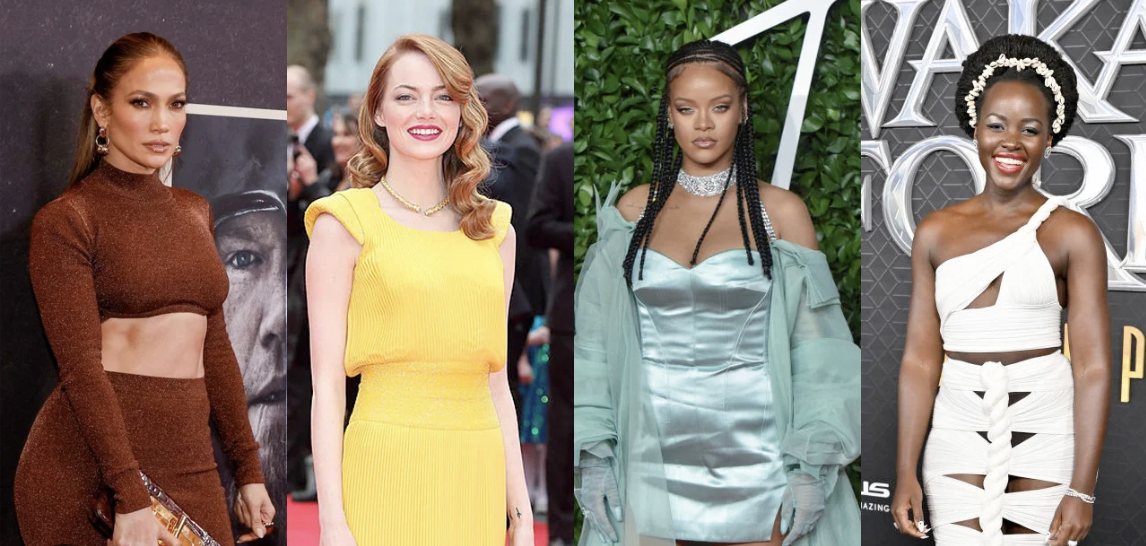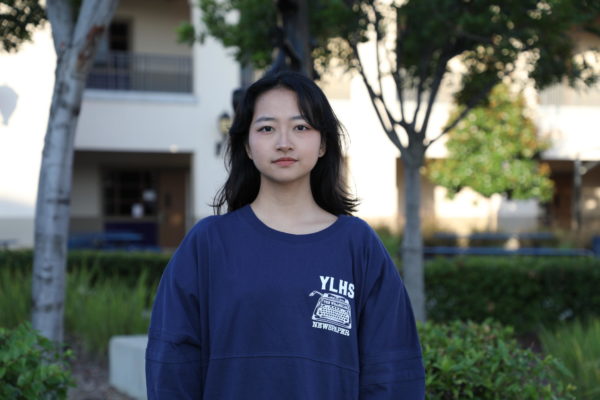If you aren’t familiar with the fashion side of the internet, you might not have heard of seasonal color analysis. Essentially, it is the idea that each person fits into a season: spring, summer, fall, and winter. These seasons all have their subcategories and palettes, and it is all dependent on your skin tone, hair color, and undertones. Once you find out your palette, you will know which colors suit you best, and you can apply that to your wardrobe. When I first heard of this, I thought it was interesting, but once I took the test for fun, I realized that many of the descriptions don’t fit me at all, and I am sure it won’t fit a lot of other people.
The first step to figuring out your personal season is finding your undertone, where my biggest criticism of this theory lies. If you are unfamiliar, the undertone is the color underneath your skin that gives you either a pinkish or golden hue. You are cool-toned if you have a pinkish or bluish vibe to your skin. You are warm-toned if you have a golden vibe to your skin. So, according to the test, if you are cool-toned, you are either a winter or summer. I think this excludes people who have neutral or olive undertones because you can’t even cross off the first step if your skin isn’t alarmingly warm or cool. My skin has a greenish hue, which means I am olive, so I have no idea where to start. I find that I can wear both cool and warm tones, but I look better in darker clothes no matter what undertone it is. The contrast of the color to my skin matters more than the warmth of the color, and I am sure many people can relate to this.
I also feel like a lot of this is a personal preference. Sometimes, colors don’t necessarily “match” your skin, but they bring out a side of your personality. When I asked Ms Fritz (Staff), our lovely art teacher, about seasonal color analysis, she said, “It’s unique that they classify skin tone based on the idea of the color wheel. I see students expressing themselves based on their individual color palette, not necessarily based on skin tone.” For example, if someone is very bubbly and joyful, she will look good in yellow in my eyes, no matter her seasonal color palette.
I have noticed that most people look good in most colors and don’t always fit in an aesthetically pleasing palette. These seasonal palettes tend to blend into each other, and there are many colors that most people look good in, yet the seasonal analysis test makes it feel very limiting. For example, black is listed only under winter, but I always thought black was a universal color. I have never looked at someone and thought they looked terrible in black. Also, I find that many warm-toned people look good in cooler blues because gold and blue make a great contrast. I know this test isn’t scientific, so I will not sue the creator or anything. I want to tell you that if you took the test and got a weird result like me, there is nothing wrong with you. Keep wearing whatever you want, and you can reference these seasonal palettes for fun, but it shouldn’t be taken seriously.





























Lucy Lu • Oct 12, 2023 at 7:50 AM
Totally agree that your color palette isn’t always necessarily your “best” color.